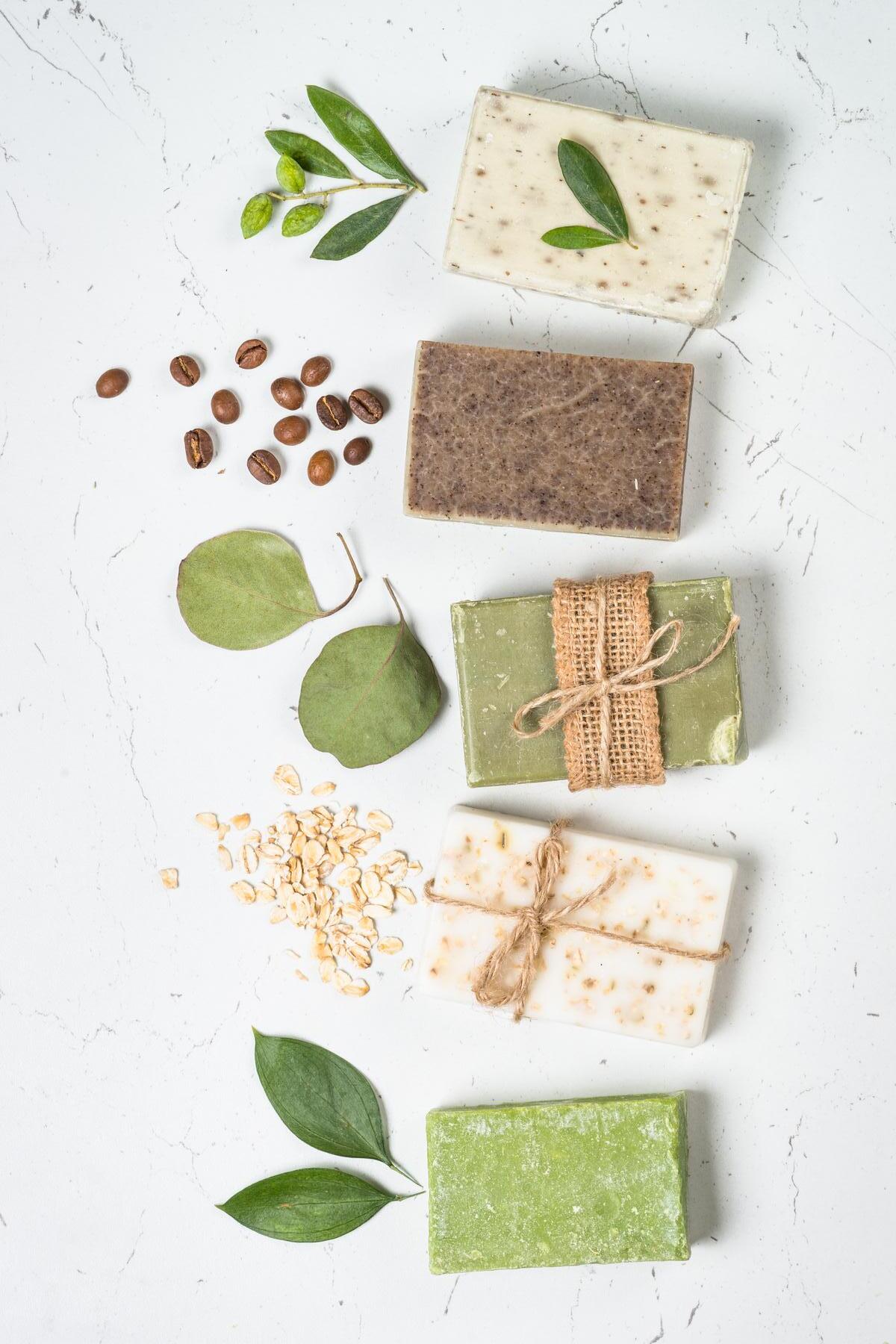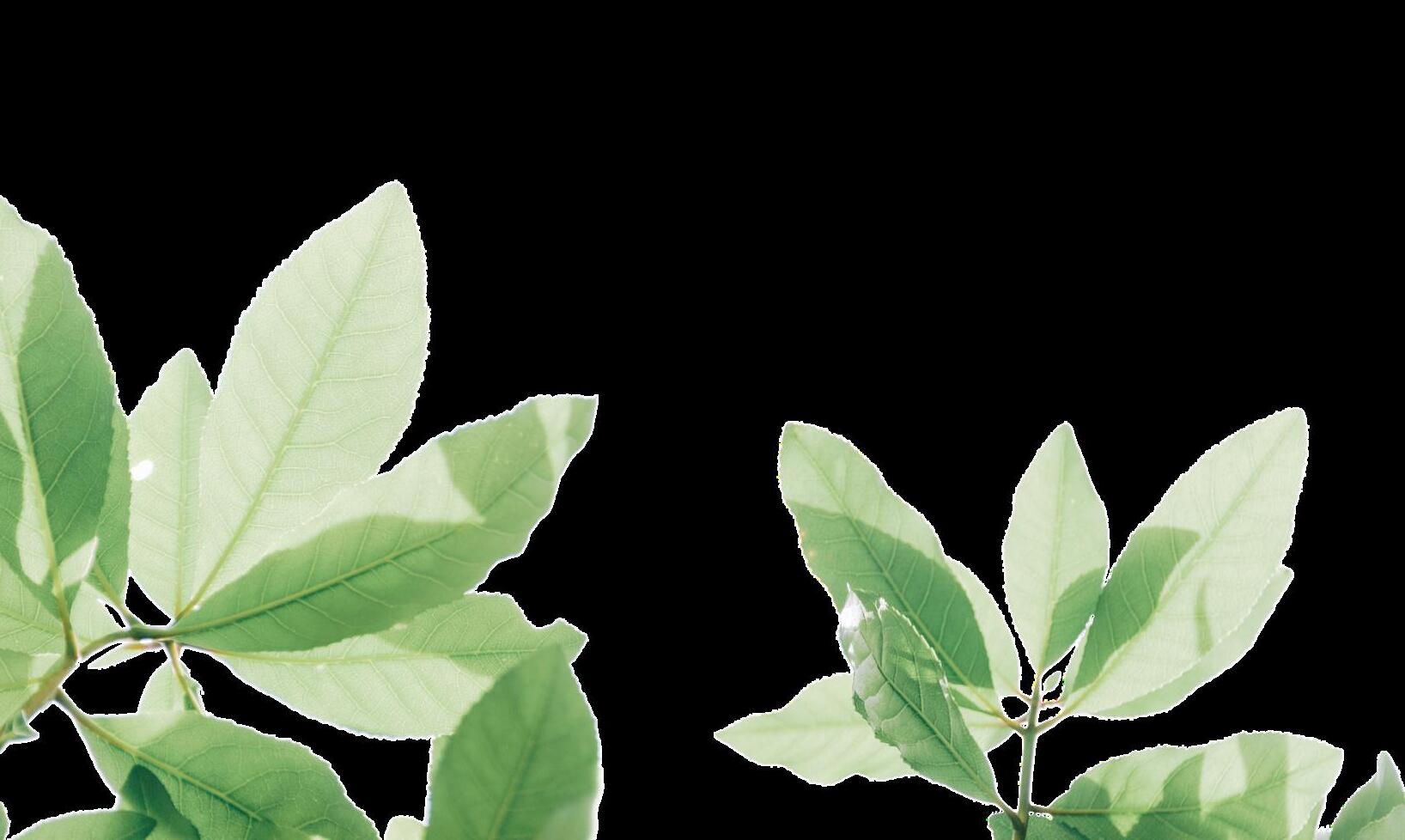
3 minute read
Caring for your hair and the planet
Article written by BBB Accredited Business, Recover Repair Gro LLC Edited for inclusion by BBB of Northeast California
You are starting to see these cute bars of soap all over the place, but they're not for your hands They are for your hair! Why are companies making these soap bars? First, let’s find out what they are and the different kinds There are soap bars and shampoo bars. Some shampoo bars are soap-based, while others are soap-free. Let’s tackle the bars that are soap-based first.
Advertisement
SOAP-BASED BARS
Our hair has a PH level between 4-5 5, and it’s healthiest at this level Some soaps are too alkaline, with a PH between 8-9 due to the sodium hydroxide mixed with animal fats, veggie fats, or oil (the process of being saponified), and can leave your hair dry, brittle, and fragile, according to Tony Maleedy, cosmetic scientist. Yes, soap cleanses, but what you use to scrub dirt off pots, pans, or even your skin should not be used on your hair.
Another name for sodium hydroxide is lye
Now, many beauty products contain sodium hydroxide as it is a PH balancer But the concentration levels are low or should be low to be safe. If the levels are too high, then you could experience the above results being dry, brittle hair.

But another thing you must think about with soap is what we sometimes see in our showers, soap scum. Jon David, a Chicagobased Master Stylist, commented, “That’s because of the high concentration of cleansers in shampoo bars They tend to have a more waxy concentration, leading to buildup on your hair Think shower doors again, but on your hair
To combat the build-up, the shampoo bar experts will tell you to do an apple cider vinegar rinse. First, who has time to take another step in the shower? Secondly, vinegar has an acidity of 2-3, which is more acidic than our skin (around 4-5). If you don’t use soap (which is alkaline), then you don’t need to “balance” your ph levels. Side note: Too many apple cider vinegar rinses can cause brassiness and damage.
SOAP-FREE BARS
Onto the soap-free or surfactant-based bars. Why are some stylists hesitant to use these? Your hairstylist wants your hair to be its healthiest and look great Hairstylists recommend products to give you this result With shampoo bars, you still have to be aware of a few things:
Some “natural” bars still use sodium lauryl sulfate, which can irritate the skin, fade colortreated hair and cause allergic reactions. (And if derived from petrol be bad for the environment)
These bars are super concentrated Even when clients are told to use less liquid-based shampoos because they are concentrated, they tend to use too much So, with these bars, many put too much on their scalp and hair, leading to product buildup
Many use the bars in a back-and-forth motion on the hair. This causes significant tangling, especially with curly hair. And you’re roughing up the cuticle of your hair strands which can lead to damage.
LESSENING YOUR FOOTPRINT?
Finally, the major push for these shampoo bars is to be better for the planet I am all for creating less of a footprint, but there are other ways to do that and still be able to use shampoo in liquid form. One way is to buy bigger bottles. In most instances, purchasing a larger bottle is the equivalent of buying four smaller retail-size bottles.
Another way to limit your footprint is to rinse your bottles before putting them in the recycle bin. Most recycled plastics don’t get recycled because they are deemed unfit It takes time to clean the plastic, especially food-containing bottles, and then they need to be heated to be melted down to make something else
Did you know that there are certain levels of plastic? From easiest to recycle to
The biggest culprits of not being a good candidate for recycling are:
To-go coffee Cups, Straws, Clear plastic cutlery, Baby bottles, Food takeout boxes (especially the styrofoam ones)
These are also the products most in need of an environmentally safe alternative The hair industry uses either #1 or #2 plastics in many cases, which are the easiest and the most recycled! However, each city has different recycling rules, so check with your local recycling center for more detailed information.







